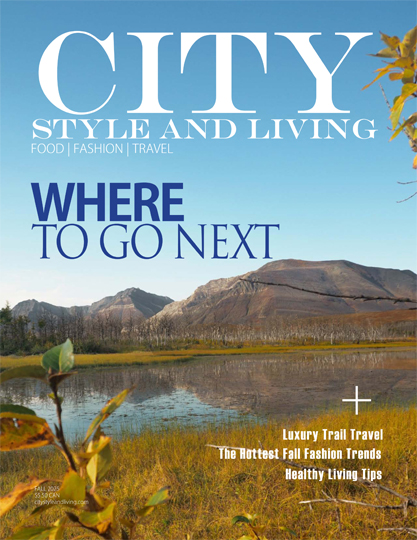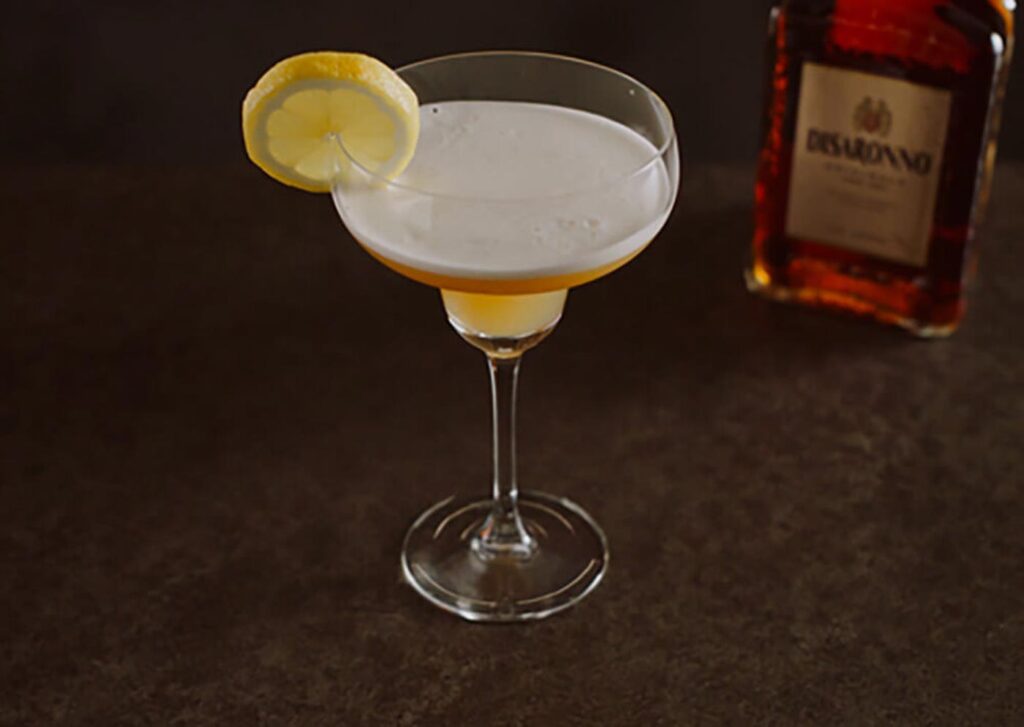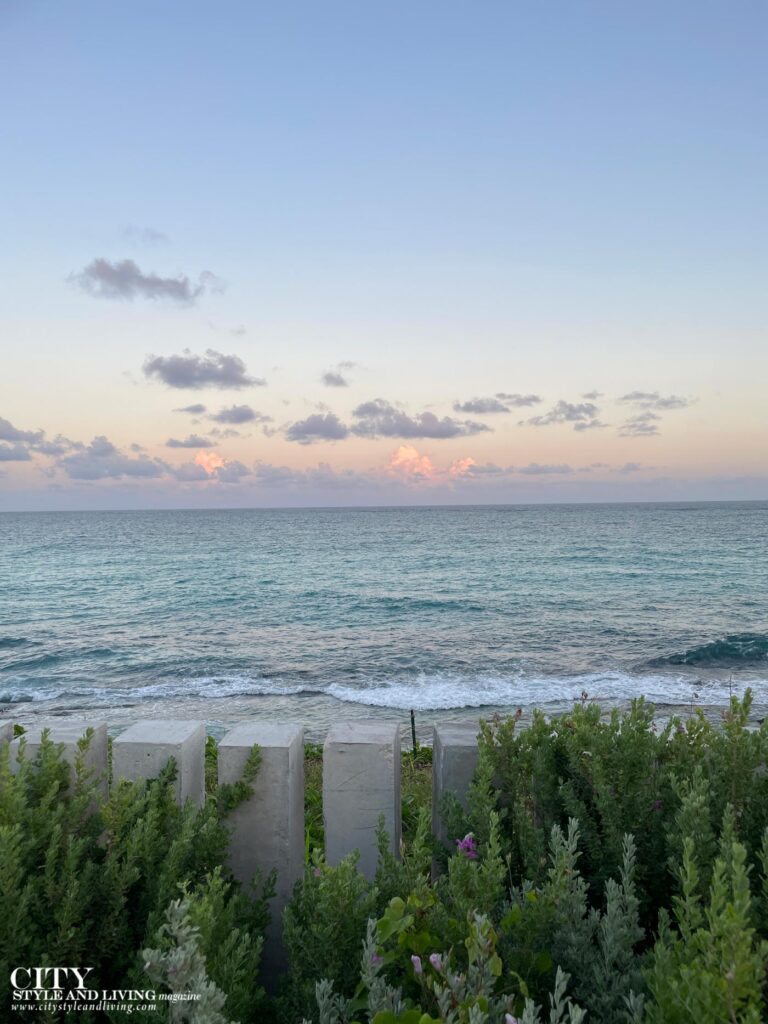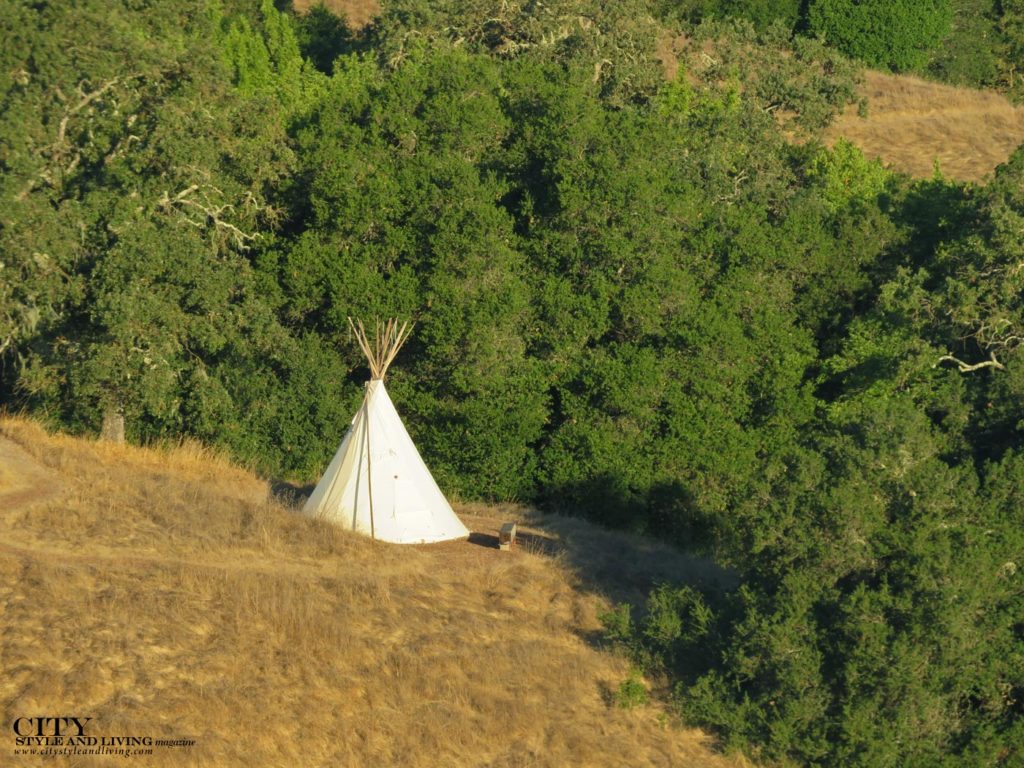
One of the quirks of the English language is that Britons use the word wigwam when actually referring to a tipi. It is particularly confusing for anyone born and brought up in North America and most especially within the context of construction (Britons will sometimes say, ‘make a wigwam’ when they really mean ‘make a tipi shape’). This linguistic quirk came as a surprise when I first heard it, not least because it did not make any sense to me (having been familiar with First Nations culture since birth). Not only is a wigwam not even remotely a tipi in shape, the words are removed geographically by thousands of kilometers at least, not to mention they belong to divergent linguistic groups. A wigwam is a rounded shelter used primarily by Eastern tribes while a tipi is a conical nearly triangular shaped portable dwelling used by Plains peoples. Why not use the correct word?
It occurred to me, that perhaps, this error was a little more than just a quirk of language. Indeed, it is entirely possible that it is a strange vestige of history showing through the vehicle of language. That is to say, long ago when the English first encountered First Nations peoples, they were tribes of the Eastern seaboard. Those tribes did indeed use wigwams and possibly that is how the word came into the English language. It was only in the 19th century that any real, substantive encounters between Western tribes and settlers of European origin began to occur. North American English was updated to reflect the rich culture and language of First Nations, but in Britain the old word stuck. Only now, the meaning had changed, and it was referring to the wrong thing. Britons already had the word wigwam and they liked it as a word, but they were getting stories and images of tipis and thought it was the same thing as the wigwam that early colonials had encountered centuries before. It’s only a theory, but it seems plausible.
The point is that the English language contains both borrowed words. What has stuck though, on either side of the Atlantic, is the image of the tipi. A circle of poles draped in hides, often decorated, with a small opening for the smoke from the resident fire to escape.
Standing before an ocean of blue Prairie skies, high atop the cliff where generations of bison jumped to their deaths through an ingenious system of grateful deception devised by Plains First Nations people, it struck me just how much of North American consciousness was shaped by this very place. Most everything we now associate with First Nations culture is a product of this place – tipis, moccasins, the powwow. Indeed, many of the most searing images of First Nations culture involve the icons of this land in particular – the bison, the medicine wheel, pemmican. That is not to say that these things are exclusive here, but the particular inflection of the Prairies, the Great Plains are what has become most evocative of First Nations culture today.
One of the things most people remark upon when they visit the Great Plains is the endless ocean of blue sky. In a landlocked place, this is significant and points to one of the unique features of a tipi, the opening for the smoke to reach the sky. It is a symbolic link between the earth and the cosmos. In this way, a tipi is not merely a tent to camp temporarily and take shelter from the elements but a place to participate in the unfolding of the ever-present mystery of life and our connection to it.
Get More Inspiration
from City Style and Living
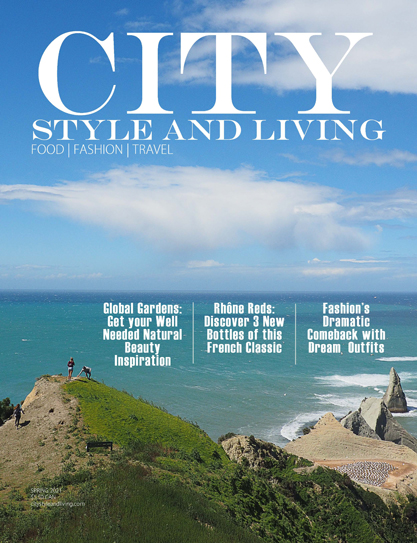
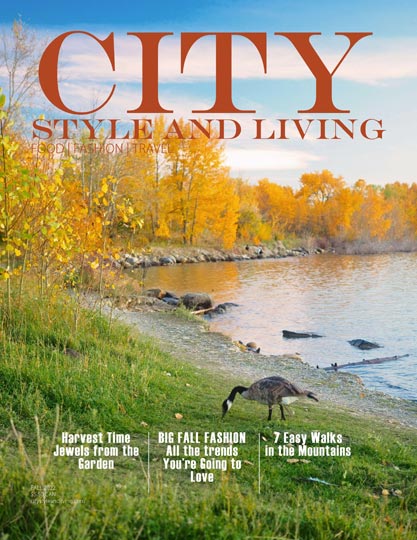
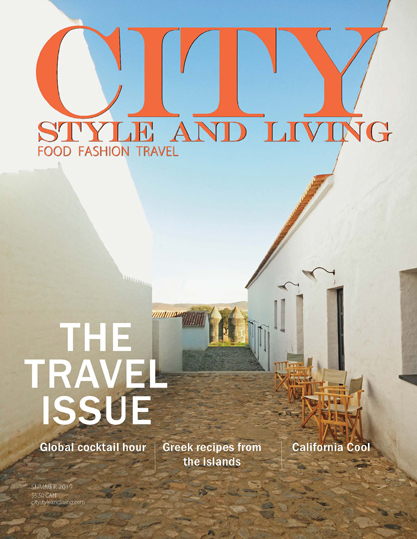
This original article first appeared in the Winter 2023/24 issue of City Style and Living Magazine.
Don’t Forget to Follow City Style and Living on Social Channels: Instagram, Twitter, Facebook, Pinterest
